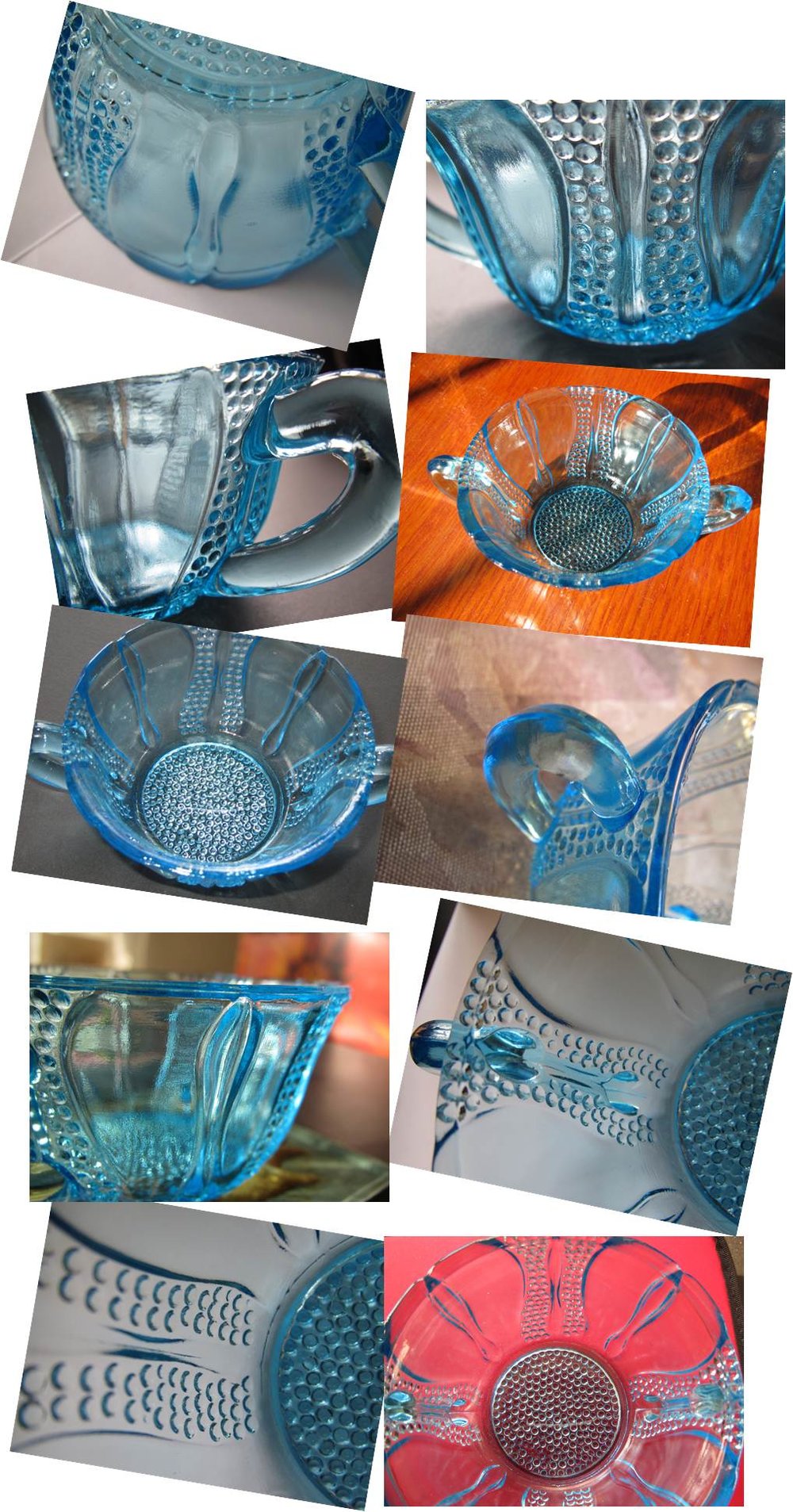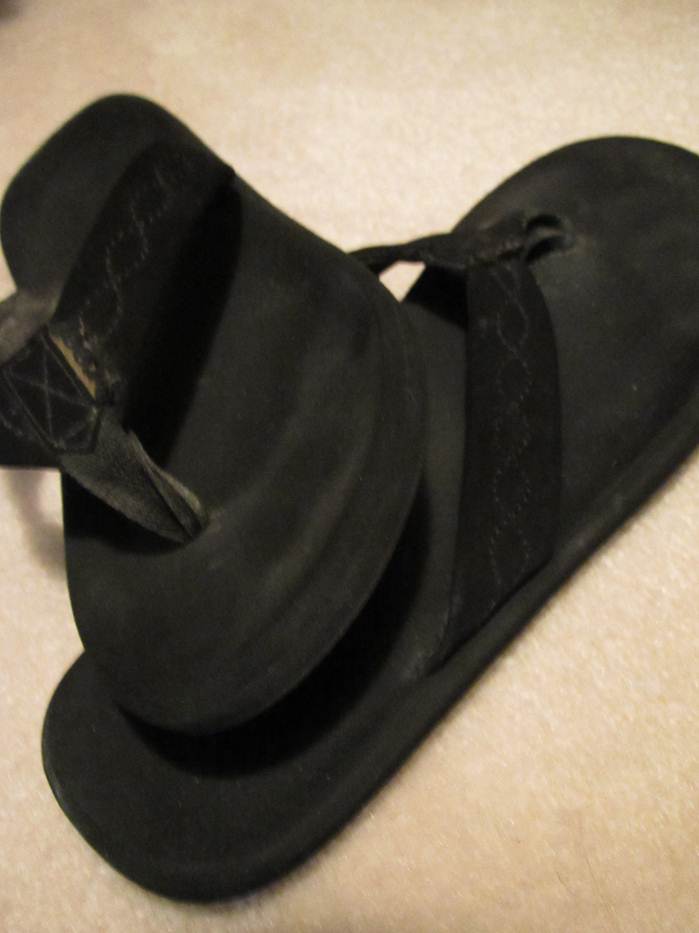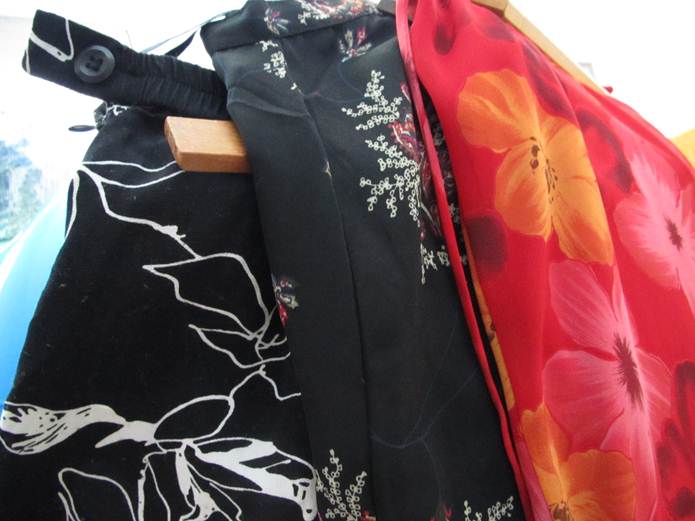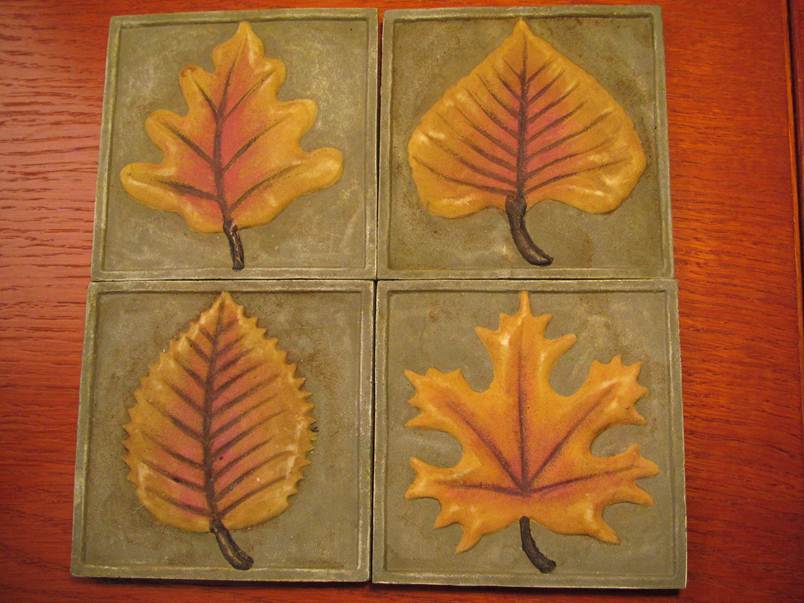When we were young, we thought we’d build a house
And happiness would happen in. By middle age, we’d feel
Secure, propped by old loves, certainties. All we’ve learned,
And that with luck, is to invent ourselves each day.
Nadya Aisenberg in Leaving Eden: Poems (1995)
(1995)
~~~~~
Have you reached the realization that “All we’ve learned is to invent ourselves each day?” As children we knew it and, unburdened by a lot of remembered experience, just did it. It is something we rediscover at different points in our lives; it is a positive response in times of transition or change.
Part of growing up included the invention of expectations of what would make us happy. They focused our early adult lives. Sometimes that focus was about a career or a relationship or the accumulation of things. Having enough money almost always was a component. We figured that happiness would be the result.
For me - the life expectations invented in my teen years included college, career, and marriage. The momentum carried me through my mid-20s with almost no tweaking. I was happy during that period but still believed ‘happiness would happen in’ because that was what my experience seemed to be. Then I decided to change plans for graduate school and focus more on career; it was a significant shift in thinking of life goals from academic/theoretical to business/tactical…one of those inflection points of life. Again life proceeded with that focus for years and happiness still seemed to ‘happen in.’ At some point along the line, I began to realize that my tendency toward optimism and trust made it easy for me to be happy. Happiness did not ‘happen in’ because others could view the same situation and not be happy. It was my choice to respond with happiness in the present rather than regretting something in the past or being so focused on the future to not enjoy the now.
As we truly mature we realize that happiness is not something that just happens accidently. In this case I mean something different than physical maturity. Maturity is the knowledge, and sometimes wisdom, that individuals achieve easily in their 20s or beyond while others never quite achieve. This kind of maturity is not tightly linked to an individual’s age. It can be linked to parenthood because that situation often prompts heighted caring for someone outside of ourselves (a child) and that motivates us to be better people than we were before. The key is to realize that our response to our life’s situation is what is important. Whether or not you are happy is your choice; it cannot be provided by someone else.
Happiness is the response we choose to the daily invention of our lives.



































